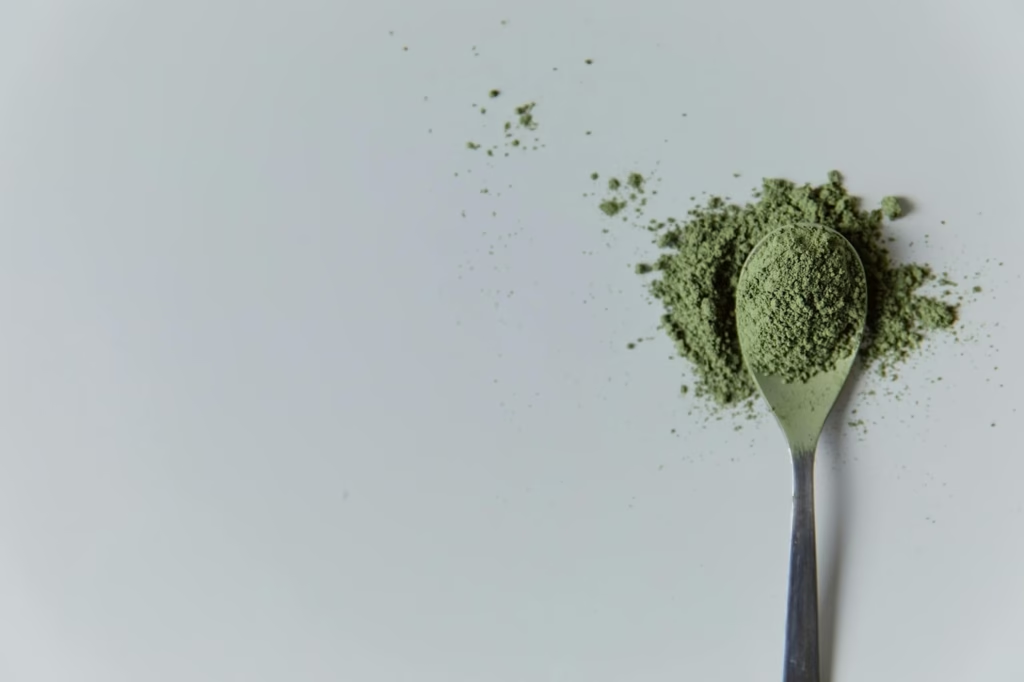Introduction
Ceramiche Sassuolo means quality ceramic and porcelain stoneware sold in the town of Sassuolo in the region of Emilia-Romagna in Italy. This has made it one of the most prolific ceramic tile manufacturers in the world, producing 80 percent of all the tile produced in Italy and 18 percent of the world’s output.
It is a fabrication of the ceramic tiles in Sassuolo, a town in Emilia-Romagna in the northern region of Italy. This tiny space cannot be underestimated in terms of its significance because
- It produces 80 percent of all ceramic tiles in Italy
- And 18 percent of the total number of ceramic tiles in the world
- It is regarded as the epicenter of the ceramic tile industry in the world.
Clay to Tiles: A Long History
Sassuolo has been producing centuries-old ceramics. Clear references to kilns date to 1279, and terracotta objects were produced in family-owned workshops by the 1400s. The birth of the formal ceremony industry came in the year 1741, when local entrepreneurs were given the royal authority to manufacture the so-called maiolica in the region.
The Sassuolo tile-making has a long-standing history. By 1279, records were made regarding the presence of kilns in the region, and this can be interpreted as the presence of local ceramic craft. Families in the region were already manufacturing terracotta products by the 1400s, indicating that they were already mastering activities in shaping and firing clay.
In 1741, a great breakthrough was that local craftsmen were granted a license to manufacture ornamental ceramics called “maiolica” by King Charles III. It was the start of a more formal and structured ceramic production in Sassuolo and the creation of what was to become a world-recognized manufacturing powerhouse.
Industrial Breakthrough
Industrial pottery factories, such as Fabbrica Rubbiani and Marca Corona, developed in the late 1800s, converting handcraft into shop-made tile production. By the early 20th century, Sassuolo was emerging with a collection of ceramic manufacturers.
At the end of the 1800s, Sassuolo started to make the shift towards more modern forms of industry by leaving the old family-based workshops and turning towards more organized forms of production. This was also the time that factory-based production in the region began, as pioneer ceramic firms like Fabbrica Rubbiani and Marca Corona were established during the period. By 1900, the town had a good foundation of about 20 gradually growing ceramic enterprises, which prepared the groundwork for big-scale production.
Post-war boom and world power
The actual change was in the years that followed World War II, and it was at this time that the ceramic industry in Sassuolo underwent rapid growth. In such a way, innovators such as Leo Morandi introduced sophisticated technologies, including the use of the electric system to select fired tiles, which contributed to the higher speed and a remarkable increase.
This invention enabled Sassuolo to emerge as the major player across Europe in the field of ceramics in the 1960s. Indeed, in 1964, two-thirds of the Italian and forty percent of all European-produced ceramic tiles were produced in local factories, making Sassuolo an international epicenter of ceramic manufacture.
The modern ceramic district
Today, Sassuolo has become a developed and specialized zone for ceramics, and it is known worldwide for its excellence. More than 300 companies using the region present their production on different elements of the tile production, or even the most well-known brands like Marazzi, Refin, and Marca Corona are presented there.
But what is strong about this district is not only the quantity of factories here but also the existence of the entire ecosystem that grants them support. The location comprises design offices, raw materials providers, research and development laboratories, and logistics companies that collaborate in close coordination. This team atmosphere contributes to unending development, productivity, and accuracy, which makes Sassuolo a pioneer of ceramics in the world.
Cultural Heritage And Museums
The great tradition of ceramics in Sassuolo is well conserved and managed in various cultural museums such as the Marca Corona Gallery and Winery and the Ceramics Museum at Castle Spezzano. These museums show us the evolution of ceramic work in an exciting fashion, starting with the earliest kilns and ancient methods of work and continuing through to our modern day with its complex workings and high technology.
They provide an interesting insight into the process of the region between 1889 and nowadays and celebrate the attention to detail and craftsmanship, which are true characteristics of Sassuolo.
Final Thoughts
Ceramiche Sassuolo is not only a manufacturer of high-quality tiles: it is centuries of artisanal experience, uninterrupted technological progress, and a business presence on several continents. Selecting tiles that are produced in Sassuolo would imply making a decision regarding high-quality materials, adopting the prestige of Italian design, and having a product with an impressive and rich cultural heritage.






